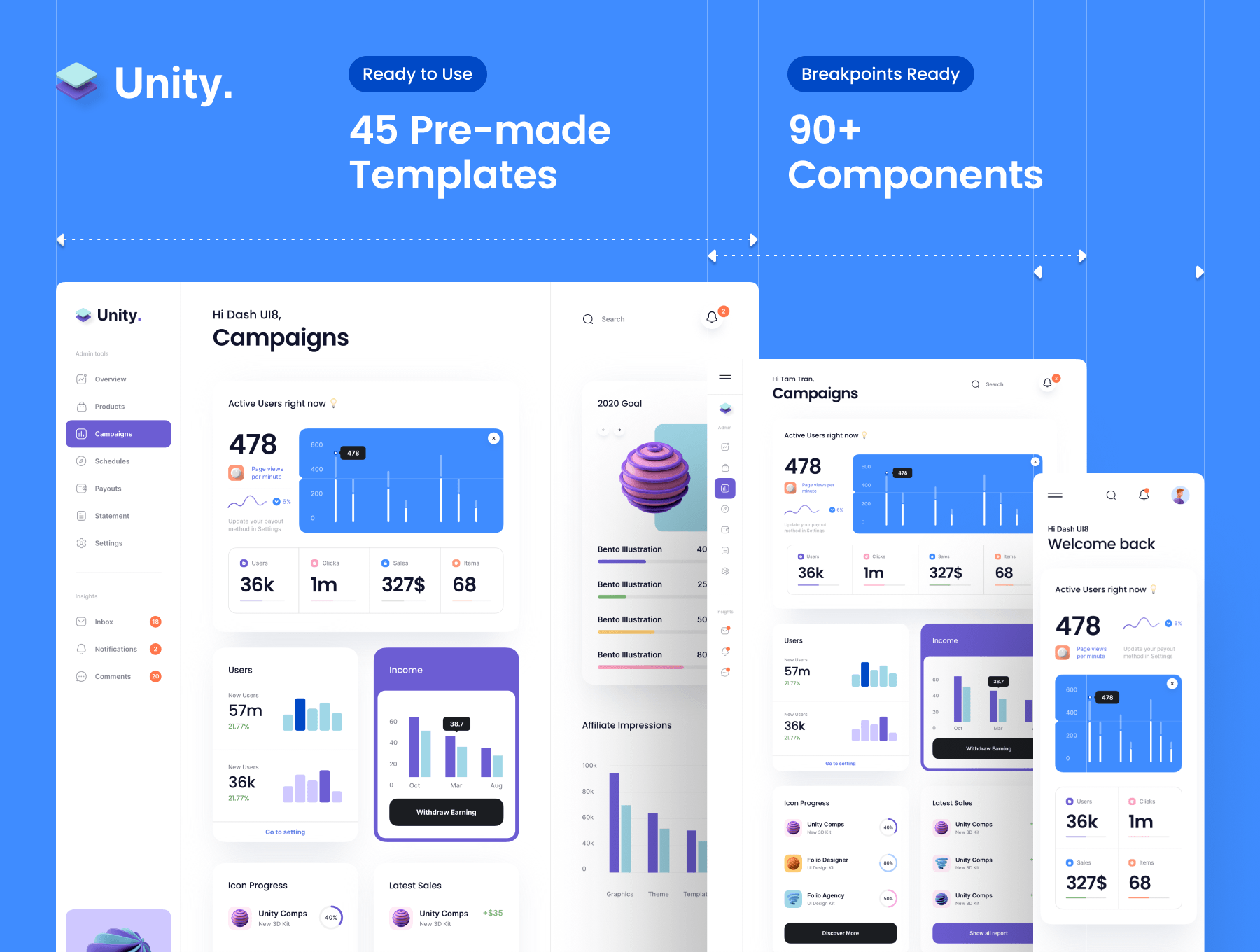Unity ArtEngine: Complete Buyer's Guide
AI-powered texture synthesis platform
Unity ArtEngine is an AI-powered texture synthesis platform specializing in scan-to-PBR material workflows for technical artists in gaming, VR, and architectural visualization. Following Unity's 2020 acquisition of Artomatix[47][53], the platform has established itself as a specialist solution that transforms physical material scans into production-ready textures through example-driven AI processing rather than text-to-texture generation.
Market Position & Maturity
Market Standing
Unity ArtEngine occupies a specialized market position within the AI texture generation landscape, focusing on scan-to-PBR workflows rather than competing in the broader generative AI texture market.
Company Maturity
Following Unity's 2020 acquisition of Artomatix[47][53], the platform benefits from Unity's enterprise infrastructure and development resources, providing vendor stability.
Industry Recognition
Industry recognition includes validation from leading game development studios and visualization firms, though broader industry analyst coverage remains limited compared to more general-purpose AI tools.
Longevity Assessment
Unity's enterprise infrastructure provides operational stability and support capabilities that address buyer concerns about vendor longevity.
Proof of Capabilities
Customer Evidence
Insomniac Games Implementation: The flagship customer success demonstrates 50–75% time reduction per asset in material remastering workflows for AAA game development[60].
Quantified Outcomes
Insomniac Games achieved 50–75% time reduction per asset in material remastering workflows[60].
Case Study Analysis
VRFX Realtime Studio's deployment for real-time film production pipelines achieved rapid texture iteration capabilities that support dynamic creative workflows[65].
Market Validation
Customer adoption concentrates within AAA gaming studios and professional visualization firms, demonstrating market validation in high-value segments requiring photorealistic material synthesis.
Reference Customers
Documented implementations at Insomniac Games, Crystal Dynamics, and VRFX Realtime Studio provide enterprise reference credibility[47][60][65].
AI Technology
Unity ArtEngine's AI foundation centers on example-driven processing rather than generative text-to-texture approaches, utilizing machine learning algorithms trained specifically on material synthesis from physical scans.
Architecture
Node-based workflow architecture provides technical artists with granular control over AI processing parameters while maintaining automation benefits.
Primary Competitors
Adobe Substance 3D, Stable Diffusion, Polycam AI
Competitive Advantages
Unity ArtEngine demonstrates clear advantages over Adobe Substance 3D in scan-based workflows through AI-assisted capabilities[57][64].
Market Positioning
Unity ArtEngine targets professional technical artists requiring photorealistic material synthesis, competing with specialized tools rather than general-purpose creative applications.
Win/Loss Scenarios
Unity ArtEngine wins against competitors when organizations have substantial scan-to-PBR processing requirements and existing Unity pipeline integration.
Key Features

Pros & Cons
Use Cases
Integrations
Pricing
Featured In Articles
Comprehensive analysis of AI Texture Generators for AI Design for AI Design professionals. Expert evaluation of features, pricing, and implementation.
How We Researched This Guide
About This Guide: This comprehensive analysis is based on extensive competitive intelligence and real-world implementation data from leading AI vendors. StayModern updates this guide quarterly to reflect market developments and vendor performance changes.
65+ verified sources per analysis including official documentation, customer reviews, analyst reports, and industry publications.
- • Vendor documentation & whitepapers
- • Customer testimonials & case studies
- • Third-party analyst assessments
- • Industry benchmarking reports
Standardized assessment framework across 8 key dimensions for objective comparison.
- • Technology capabilities & architecture
- • Market position & customer evidence
- • Implementation experience & support
- • Pricing value & competitive position
Research is refreshed every 90 days to capture market changes and new vendor capabilities.
- • New product releases & features
- • Market positioning changes
- • Customer feedback integration
- • Competitive landscape shifts
Every claim is source-linked with direct citations to original materials for verification.
- • Clickable citation links
- • Original source attribution
- • Date stamps for currency
- • Quality score validation
Analysis follows systematic research protocols with consistent evaluation frameworks.
- • Standardized assessment criteria
- • Multi-source verification process
- • Consistent evaluation methodology
- • Quality assurance protocols
Buyer-focused analysis with transparent methodology and factual accuracy commitment.
- • Objective comparative analysis
- • Transparent research methodology
- • Factual accuracy commitment
- • Continuous quality improvement
Quality Commitment: If you find any inaccuracies in our analysis on this page, please contact us at research@staymodern.ai. We're committed to maintaining the highest standards of research integrity and will investigate and correct any issues promptly.